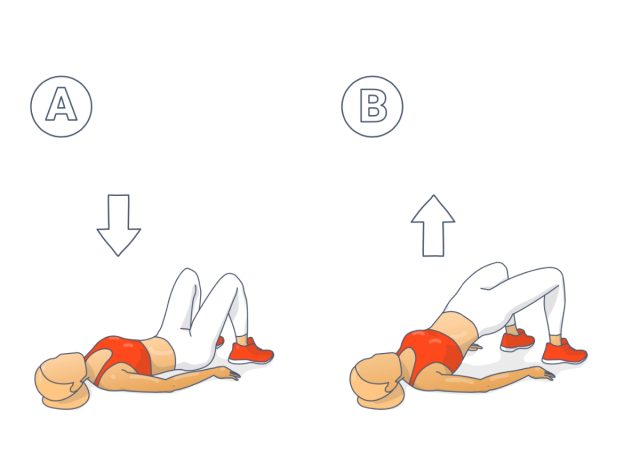
From obesity to hypertension, living an inactive lifestyle can cause a variety of heart health problems.
Physical inactivity is a growing concern in our modern, sedentary lifestyles. It poses significant risks to heart health and overall well-being. Physical inactivity may involve a lack of regular physical activity or exercise. Includes extended sitting, insufficient moderate-to-vigorous physical activity, and a general absence of exercise.
Staying physically active is the one key rule that prevents heart diseases. Whereas staying physically inactive immediately increases your risk of developing cardiovascular diseases. Read on to find out what Dr. Sameer Gupta, Senior Interventional Cardiologist of Metro Hospital, Noida (He is also the Group Director of Cardiac Cath Lab and the Director of Metro Group Cardiology & CTVS) has to say about the necessity of being active for boosting our heart health.
What Is The Link Between Physical Inactivity and Heart Health?
Here is what happens to your body when you are consistently sedentary:
- Contributes to obesity, high blood pressure, and abnormal cholesterol levels which increases the risk of heart diseases.
- Lack of activity leads to weight gain and obesity. You will not be able to manage your weight following sedentary life.
- Sedentary living can increase your blood pressure cause hypertension, a major risk for heart disease.
- Cholesterol Levels may rise. Regular exercise raises “good” HDL cholesterol and lowers “bad” LDL cholesterol.
- Diabetes Prevention can also happens through exercise. It improves insulin sensitivity, reducing the risk of type 2 diabetes.
- Exercise Strengthens the heart and circulatory system, reducing clot formation and inflammation. It boost the entire cardiovascular system.
- Exercise is an effective stress reliever, as high stress levels can contribute to heart disease by causing high blood pressure.
How To Incorporate Exercise On A Busy Day!
In this day and age, it is very difficult to find extra time for activities but leaving them out of your routine completely might make you sick and unhealthy. So, here is how you say active:
READ RELATED: Delhi’s Silent Struggle: Employee Mental Health And The Path Forward
- Aim for at least 150 minutes of moderate-intensity aerobic exercise or 75 minutes of vigorous-intensity aerobic exercise per week.
- Include strength-training activities at least twice a week.
- Make simple lifestyle changes like taking breaks from sitting, walking or cycling short distances, and using stairs instead of elevators.
Conclusion
Physical inactivity is a significant contributor to heart disease. Regular exercise is the key to mitigating these risks and maintaining heart health. Small lifestyle changes can yield substantial benefits for our hearts and overall well-being.
Total Wellness is now just a click away.
Follow us on
Don’t Miss Out on the Latest Updates.
Subscribe to Our Newsletter Today!
window.addEventListener(‘load’, (event) => {
$(‘#commentbtn’).on(“click”,function(){
(function(d, s, id) { var js, fjs = d.getElementsByTagName(s)[0]; if (d.getElementById(id)) return; js = d.createElement(s); js.id = id; js.src = “//connect.facebook.net/en_US/sdk.js#xfbml=1&version=v2.3”; fjs.parentNode.insertBefore(js, fjs);}(document, ‘script’, ‘facebook-jssdk’));
$(“.cmntbox”).toggle();
});
});









